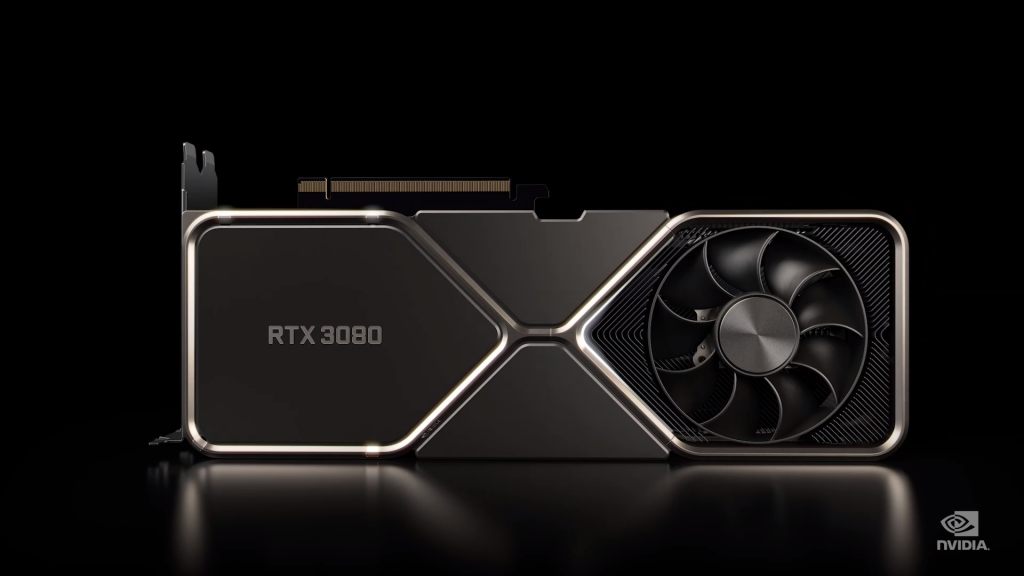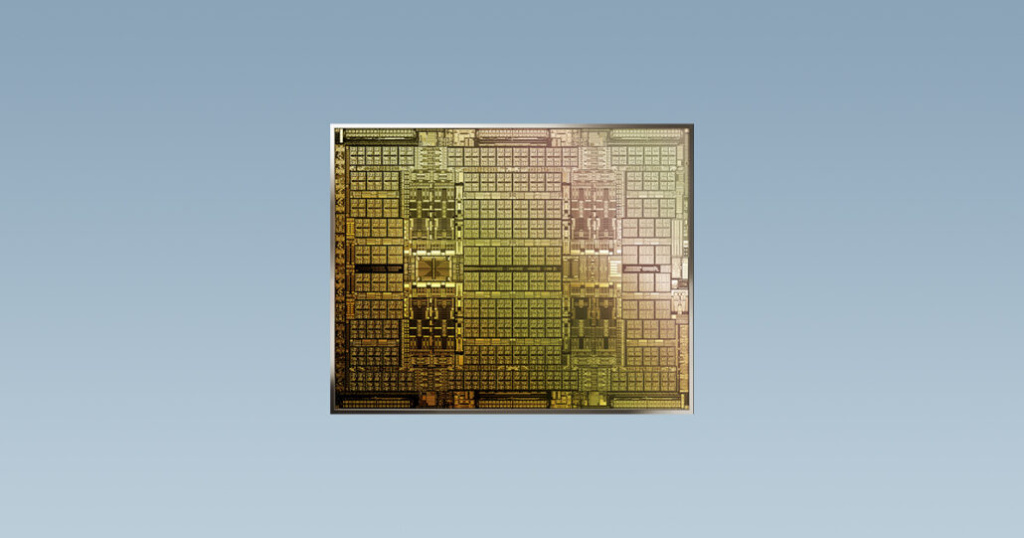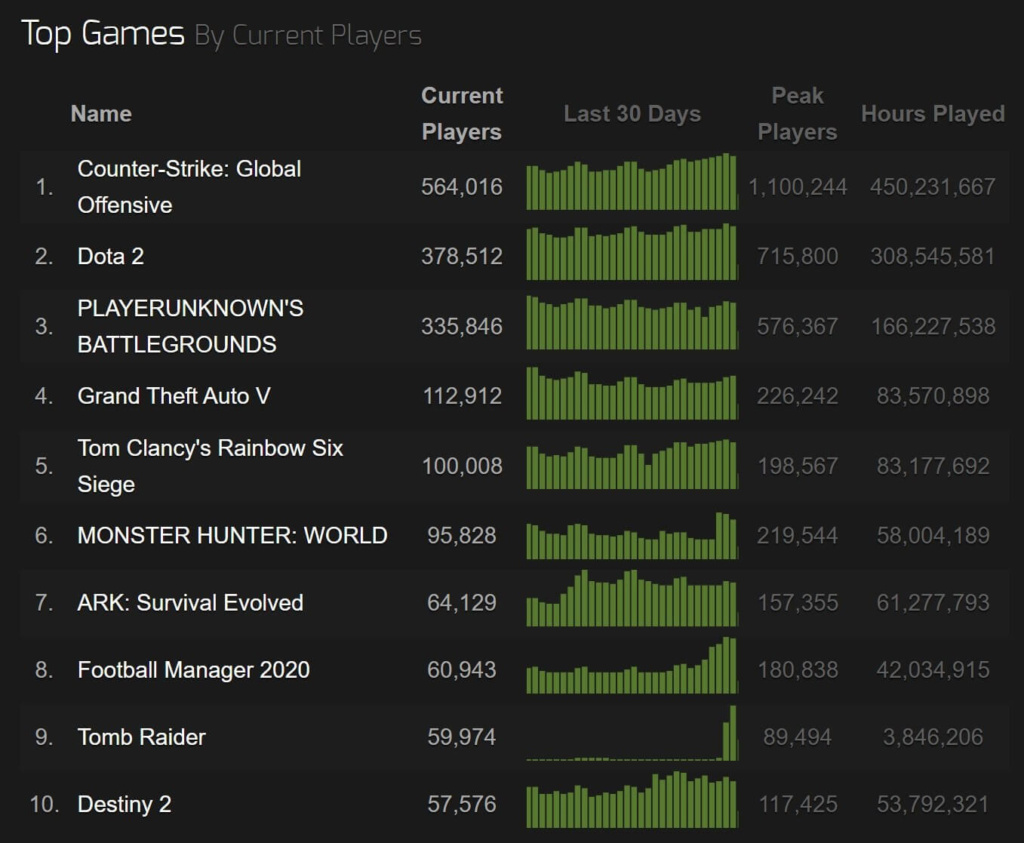AMD’s Radeon RX 6000 series graphics cards were also similarly well-received as AMD finally returned to top-level competition with Nvidia after so long. The previous generation RX 5700 XT was a great value GPU but it never really got close in performance to the mighty RTX 2080Ti from Nvidia. With the RX 6000 series, however, AMD was set to not only match the RTX competition in performance but to frequently surpass it as well. The offerings from AMD also aimed to undercut the RTX GPUs in terms of pricing, but that order was never established due to the persistent shortage and scalping problems. Graphics cards are always in high demand especially around launch cycles and they tend to get sold out in minutes upon launch. This has been true for previous launches as well and was expected to be the case for this launch too. However, nothing could have prepared the customers or even the manufacturers for the response that was seen on the day of launch for these lineups. Within seconds, all the units were sold out from all major online retailers and most users went straight from “available soon” to “out of stock” without ever receiving an option to buy. This was a major problem that would only get bigger as time passed. Not only that, but the situation started to get even worse as time passed which was quite the opposite trend to what was usually seen in previous graphics card launches.
Causes
As of the time of writing this content piece in late April 2021, the situation has not improved even the slightest bit. In fact, many might argue that the situation has actually deteriorated further, and they wouldn’t be completely wrong to say so. The average scalped prices of these graphics cards have risen tremendously over the last few months and the stock supply has reduced to go along with it. So what gives? Why is there still a graphics card shortage all this time later? Well, to put it simply, the reason for this shortage is that there is no singular reason but a bunch of reasons combining to make the situation more unfortunate. Some of the possible reasons are more serious than others, and those are discussed below.
Low Production
Perhaps the biggest reason for the ongoing shortage has to be the low production from the manufacturers themselves. High demand has always been present in previous graphics card launches as well, but we almost always saw the stock being replenished steadily in the days that followed. However, in this case, the replenishment efforts have been slow and unreliable, to say the least. Many retail outlets have gone on the record about the number of graphics cards they had received in the days subsequent to the launch. It was shocking to see that even major brick-and-mortar stores such as Microcenter received only double-digit figures of graphics cards in the shipments that they got after the launch. This points directly to the low production of GPUs from Nvidia and AMD themselves. The major key in this situation is that there is an ongoing global silicon and memory shortage that is affecting the industry deeply. However, that is not the only piece of the puzzle here. In the case of Nvidia, it is also possible that the low yields can be attributed to the change of manufacturing process and foundry, as Nvidia is now using Samsung’s 8nm process to produce the RTX 3000 series graphics cards. It is quite possible that Nvidia cannot get the yields that they expected from the new manufacturing process, and are thus essentially creating a major bottleneck in the entire production sequence. There have been reports about Nvidia being unhappy about the speed and efficiency of manufacturing from Samsung’s 8nm node. As far as AMD is concerned, their situation is also linked more to the saturation at TSMC. As is common knowledge at this point, AMD uses TSMC’s 7nm manufacturing node to produce their Radeon graphics cards of RX 5000 and RX 6000 series. Both of these use more or less the same manufacturing process, and the overall capacity is thus shared between these two series of graphics cards. Not only that but AMD’s Ryzen lineup of CPUs is also based on the 7nm process node when it comes to the Ryzen 3000 and Ryzen 5000 series. All of these products are being produced by TSMC and are based on more-or-less the same procedures, therefore there are strong chances of saturation at TSMC in regards to the manufacturing capacity. These issues get compounded together with different adverse situations, and thus we can see that AMD’s graphics cards are found in even fewer numbers than Nvidia’s in today’s market.
Scalping and Bots
Scalping has become sort of a buzzword that is being thrown around quite a bit in the current situation. Basically, scalping refers to the ill-intentioned practice of buying lots of high-demand items (graphics cards in this case) and later selling them individually at an insanely marked-up price. This practice has certainly seen an unprecedented increase in the current situation due to the insanely high demand and low supply of graphics cards. It has been observed by many potential customers that it is nearly impossible for a single, genuine customer to buy a single graphics card at launch from an online retailer due to this practice of scalping. Scalpers are apparently using bots or automated scripts to purchase as many graphics cards as possible in the small amount of time that is available to them during the launch window. These bots secure dozens, if not hundreds, of graphics cards for the scalpers, which are then sold at sky-high prices on sites like eBay sometime later. Nvidia and AMD claim that they are using strong measures against bots and scalping practices, but those have not proven to be effective in the least. Even if scalping is not the main reason why end-users and specifically gamers cannot get their hands on individual GPUs, it is still the most obvious one. Scalpers are no longer trying to disguise their intentions and are quite openly taking advantage of the situation. Nvidia and AMD have tried to establish measures against scalping by restricting the amount of graphics cards that one person is permitted to buy, but so far that has not worked in the favor of the gaming community. Scalpers have found ways to bypass those restrictions, which is not a good look for either Nvidia or AMD.
Cryptocurrency Mining
While it may not be the best thing for the PC gaming industry, crypto-currency has really started to become an important part of the overall internet landscape. It was not long ago that most people doubted the authenticity of cryptocurrency. In 2021, however, there seems to be a certain attraction to cryptocurrency and people are starting to invest in it, albeit a bit cautiously. Crypto-currency has also played a major role in the massive stock shortage and rise in prices of PC components such as graphics cards. Crypto-miners rapidly buy any and all available graphics cards, sometimes in multiples, and therefore create an even bigger shortage situation. Crypto-miners also make use of bots or automated scripts to secure their purchases at launch day from online retailers. In fact, even the used market has been severely hit by the crypto-miners, as they are also equally interested in older cards with high hash rates. None of this bodes well to the average gamer. Although the most direct impact of crypto-currency mining has been on the used market by the looks of it, newer cards such as the RTX 3000 series and the RX 6000 series are also being heavily utilized in this act. Scalpers, and even gamers, with access to the newer cards, have begun to utilize their potential for crypto-mining which is currently proving to be quite profitable as of the time of writing. To combat the rising tide of crypto-mining, Nvidia is planning to launch their upcoming RTX 3000 series cards with a hard-limiter that would limit the mining performance of the card in mining applications. Miners have, however, reportedly found a workaround to Nvidia’s limiters in the RTX 3060 cards, courtesy of a leaked driver by Nvidia itself.
Global Pandemic
Finally, there is the factor of the ongoing global pandemic. Where the pandemic has affected the lives of almost each and every human being on the planet, it has also had a deep and long-lasting impact on several industries as well. One of those is the PC hardware industry. While the direct impact of the coronavirus and lockdown restrictions on the industry has been minimal, the indirect impact is quite huge. The pandemic has stranded a lot of people at home without a lot to do. In this unexpected leisurely situation, more and more people are turning to gaming as a way of passing the time. This has been reflected in the Steam statistics as well as the hardware purchase statistics of various online retailers. This situation has created an unprecedented demand for computer hardware in the industry, which is not being filled adequately by the slower-than-normal production. People working from home are also rapidly upgrading their home PCs or buying faster and more powerful laptops for their needs, all of which increase the silicon demand. Pair this unfortunate situation with the global silicon shortage and we can start to see why it has been nearly impossible for both Nvidia and AMD to keep up with the demand. The global silicon shortage has gotten so bad that even mega-industries such as the automobile industry have come to a screeching halt due to the lack of computers to put into the cars. There have been multiple reports of hundreds and thousands of cars in the United States alone that are stranded on assembly lines waiting for computer components that cannot be produced due to the silicon shortage. All these major factors contribute to the overall mess of a situation that we currently find ourselves in. It is no surprise that it has been incredibly difficult to ramp up production of the graphics cards that are facing severe shortages. Producing more graphics cards might seem like a straightforward solution, but it is an incredibly convoluted process that might take many months to streamline.
Future Speculation
It is quite difficult to speculate about the current situation and what will happen in the future due to a number of variables. A fall in the Cryptocurrency value, for instance, will force most miners to rapidly sell their inventory on the used market, which can be of great help to gamers. However, that is not the solution to this problem. The real solution will have to come in the form of both AMD and Nvidia rapidly increasing their production capabilities and providing adequate safeguards against scalping and bots. Only then would it be possible for an average gamer to go online to their favorite retailer and buy their graphics card of choice, no strings attached. Currently, the situation is quite gloomy for gamers sitting at home waiting for their favorite graphics cards to become available. The trends in cryptocurrency have also been largely negative for the gaming community since an increase in cryptocurrency value leads to further worsening of the situation as far as the PC industry is concerned. Realistic estimates from Nvidia and other industry insiders claim that this shortage and stock situation will last at least until the middle of 2022, which is certainly not the news that gamers want to hear right now.
Reports Suggest iPhones in 2021 Will Support LTPO OLEDs: May Open Possibilities…Why is there a Debug File on my Computer and How to Fix it?‘There’s a Problem with Your Office License’ - Why it happens and to Fix it?Why Are There No $10 Steam Gift Cards?

![]()

